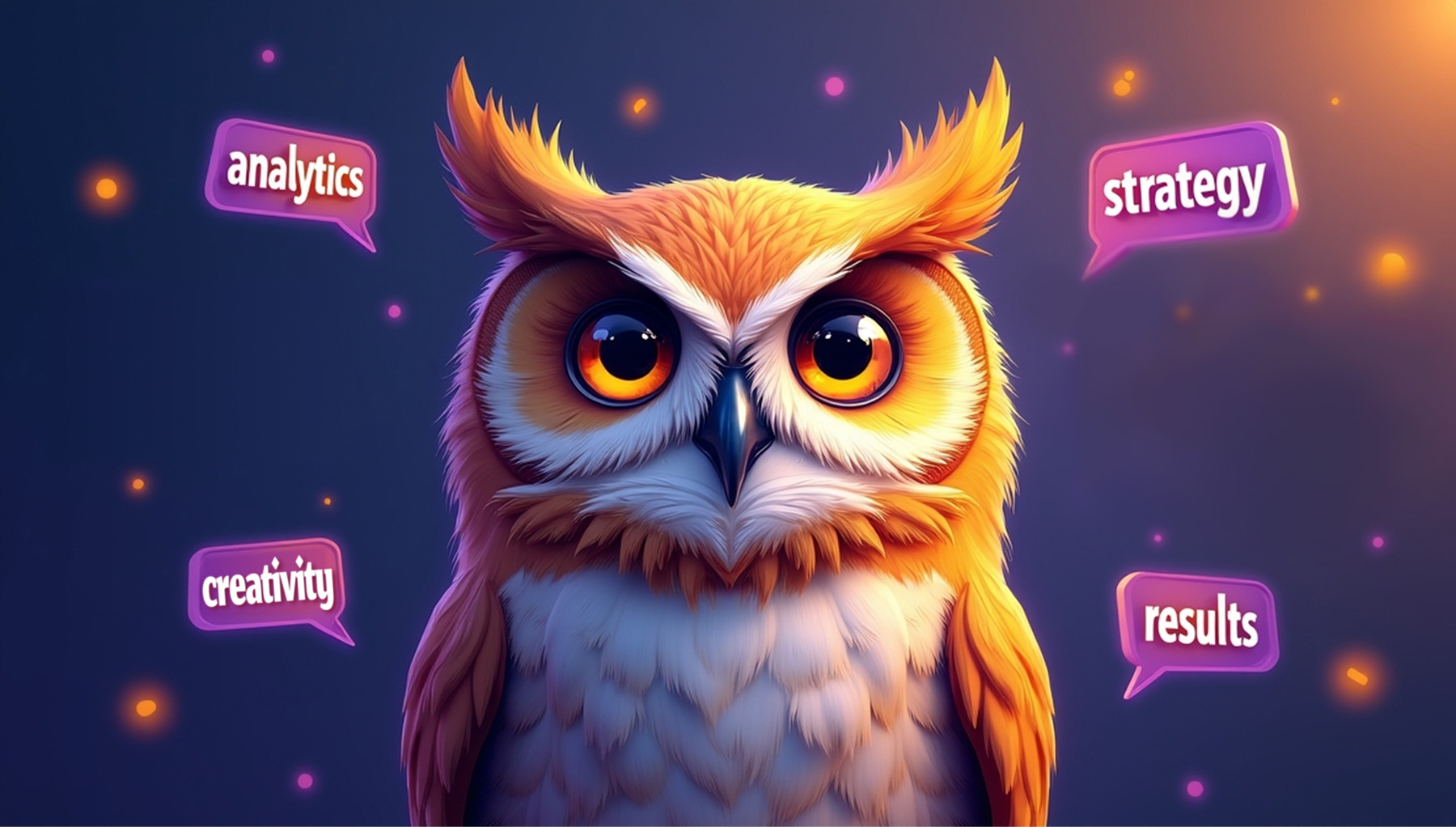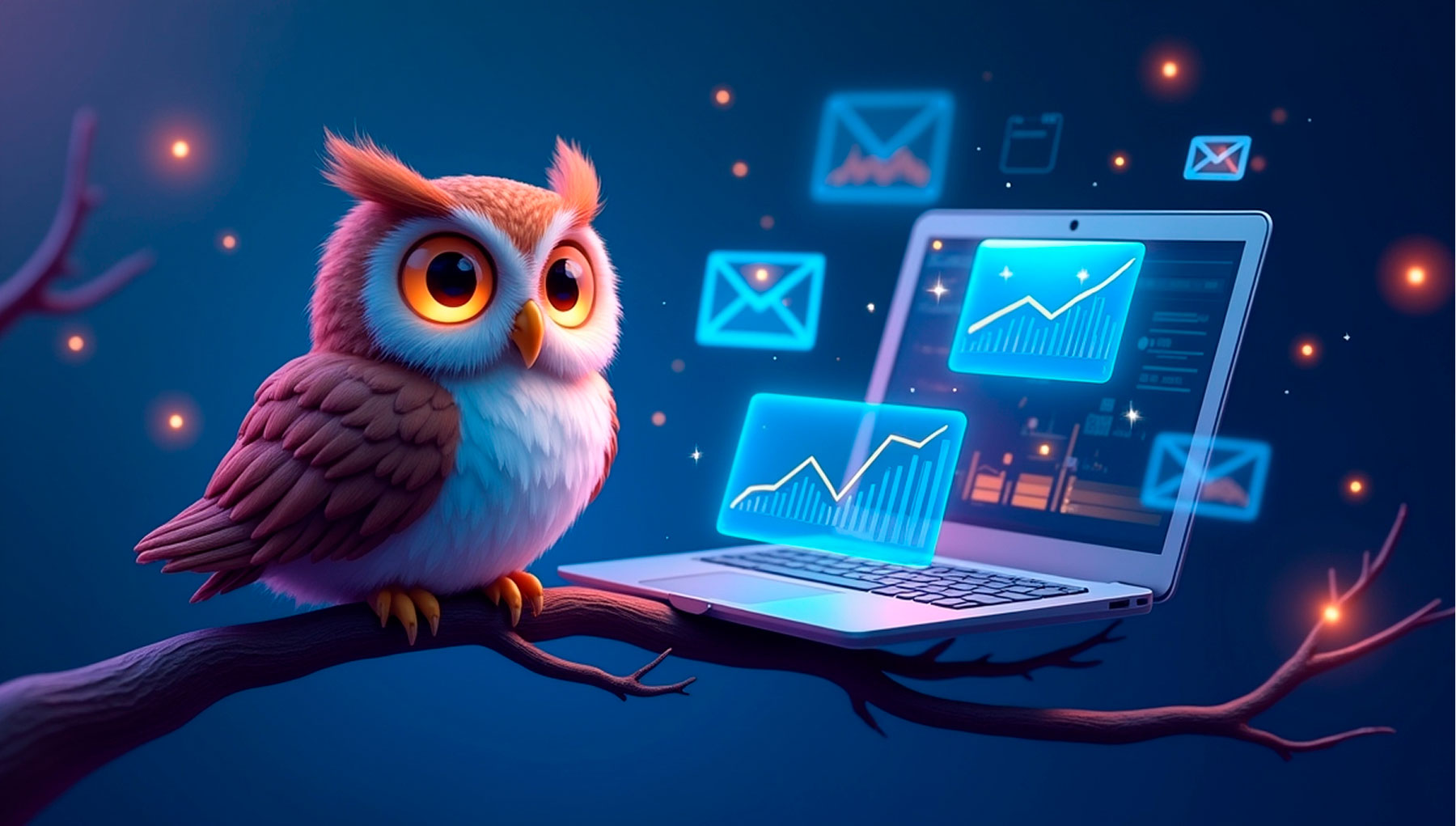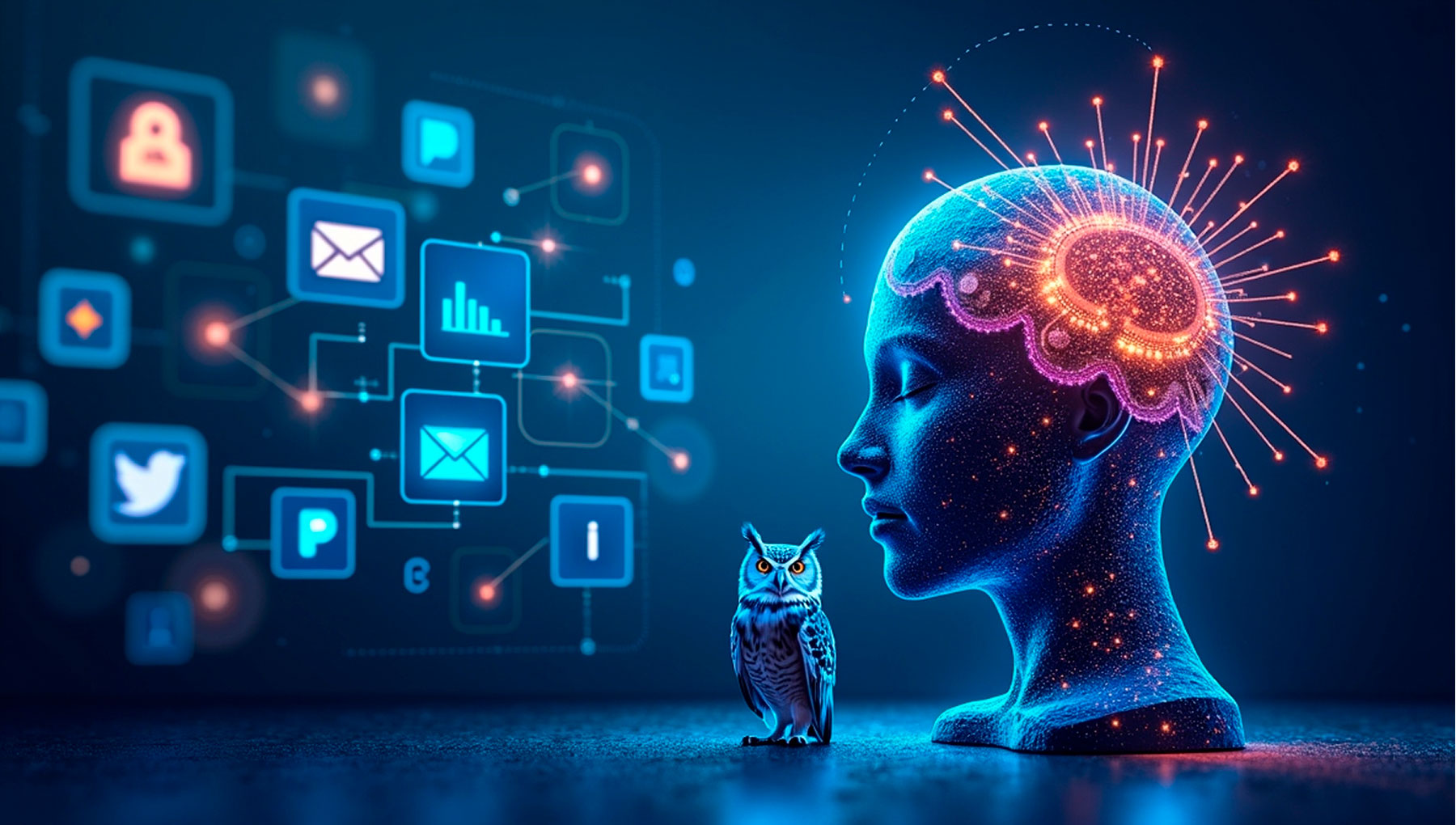Artificial intelligence is no longer a speculative force shaping the distant future—it is a present-day catalyst that is redefining how marketing functions. From decision-making to creative production, the application of AI in marketing is accelerating innovation, sharpening personalisation, and increasing operational efficiency across industries. With businesses seeking to optimise their workflows and enhance client experiences, the integration of machine learning, predictive analytics, and automation technologies is now central to many strategic marketing efforts.
Analysts forecast that AI’s role in shaping brand strategies will deepen significantly over the next few years. According to PwC, AI could contribute up to £232 billion to the UK economy by 2030, largely through improved productivity and decision-making. As firms adapt to this evolving landscape, marketers are tasked not only with adopting AI-powered solutions but also with rethinking traditional workflows, creative processes, and performance measurement frameworks.
The future of AI in marketing will not be about replacing human roles but augmenting human intelligence. With intelligent systems capable of analysing vast volumes of data and producing real-time insights, marketing professionals can spend less time on manual segmentation and more time crafting meaningful experiences. Companies such as Coca-Cola and Netflix are already leveraging AI to transform how they deliver personalised experiences at scale, using behavioural patterns to predict preferences and automate content delivery.
Creating engaging content has become a strategic priority for modern brands.
Key AI marketing developments forecasted for 2025
By 2025, the marketing sector is expected to see a marked increase in AI-driven innovation. These developments will not only enhance campaign effectiveness but also reshape workforce dynamics and ethical considerations in branding. Here are the most prominent AI trends on the horizon.
Mainstream adoption of AI in strategic decisions
AI is becoming increasingly central to business strategy. A report by McKinsey shows that 63% of high-performing marketing organisations use AI to guide decisions related to pricing, promotions, and media buying. Sophisticated tools are being used to simulate campaign outcomes, forecast consumer responses, and optimise budget allocation across platforms.
For instance, Unilever employs AI to aggregate real-time data from social channels, online search patterns, and internal sales systems to uncover market trends. This enables them to plan campaigns that are timely and resonant. Such tools reduce reaction time while delivering better alignment between consumer expectations and brand communication.
The accessibility of AI platforms also empowers mid-size enterprises to make strategic decisions previously available only to large corporations. SaaS solutions like Adobe Sensei and Salesforce Einstein make it feasible for marketing departments to deploy predictive modelling and real-time optimisation without significant technical overhead.
The success of digital campaigns often hinges on the relevance of the content provided.
Workforce transformation through AI integrations
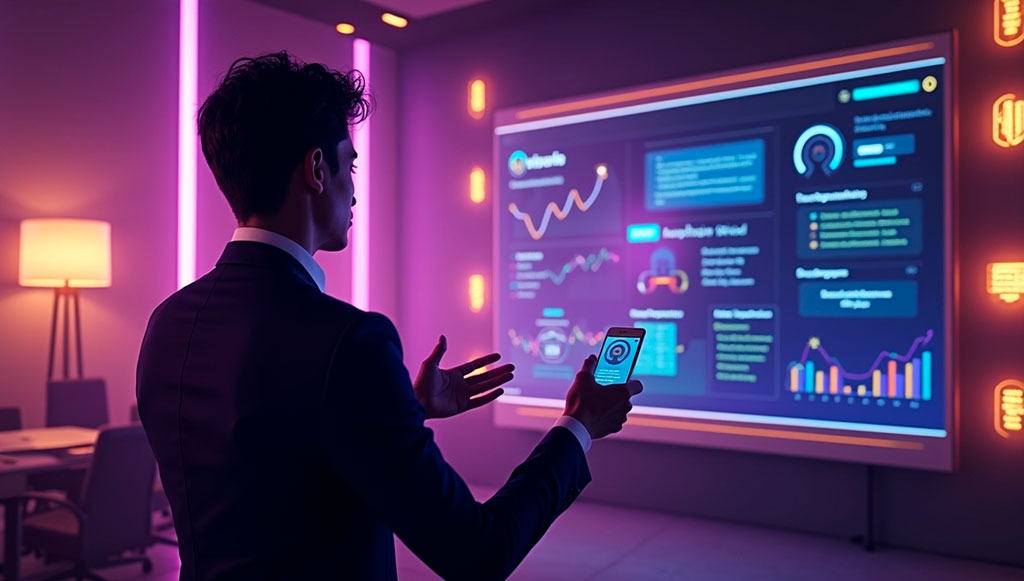
As AI becomes more embedded in marketing operations, it is transforming job roles and required skill sets. Traditional marketing functions are being supplemented—or even replaced—by roles focused on AI oversight, training data, and model interpretability.
Rather than diminishing human value, this shift increases the need for hybrid professionals who can translate insights into strategy. According to Deloitte’s research, 68% of CMOs plan to upskill their teams in AI-related competencies by 2026. These competencies include interpreting machine-generated insights, validating model fairness, and deploying automation within ethical boundaries.
In firms like HubSpot, marketing analysts are now expected to understand machine learning fundamentals and collaborate with data scientists. Their goal isn’t to build algorithms but to align model outputs with campaign objectives and user experiences. This cross-functional approach leads to more synchronised efforts across digital channels, CRM systems, and customer service departments.
Automation powered by AI becomes the new norm
Marketing automation has matured beyond basic email scheduling and CRM workflows. Today’s AI-powered automation systems can orchestrate complex sequences across multiple platforms, tailoring interactions at the individual level.
For example, Sephora uses AI-powered chatbots and recommendation engines to provide personalised product suggestions. These systems don’t merely rely on past purchases—they analyse browsing habits, peer reviews, and seasonal trends to adapt suggestions in real time. The automation extends to loyalty campaigns, replenishment reminders, and post-purchase follow-ups, freeing up marketers to focus on strategic planning.
Furthermore, automation enables scalability. Retailers like ASOS and Zalando have successfully deployed AI-driven systems to automate product tagging, inventory categorisation, and real-time offer generation. This reduces operational load while delivering consistently personalised experiences to millions of users.
Growing focus on AI ethics and responsible use
As AI tools become ubiquitous in marketing, ethical concerns are gaining attention. Issues such as algorithmic bias, misuse of consumer data, and manipulation of behavioural triggers have sparked discussions about responsible AI usage.
Marketers must now balance innovation with transparency. Consumers expect clarity on how their data is collected, used, and protected. The introduction of regulations like GDPR in Europe and the Digital Services Act further enforces accountability. Marketers working with AI must ensure their campaigns adhere to both legal and ethical standards.
Companies like IBM and Microsoft are leading the way in advocating for ethical AI. IBM’s AI Fairness 360 toolkit, for instance, helps detect and mitigate bias in machine learning models. Marketers are encouraged to adopt such frameworks to build trust and foster long-term brand loyalty.
Dynamic content adaptation is becoming a core part of brand success.
Personalisation shifts toward ultra-precision
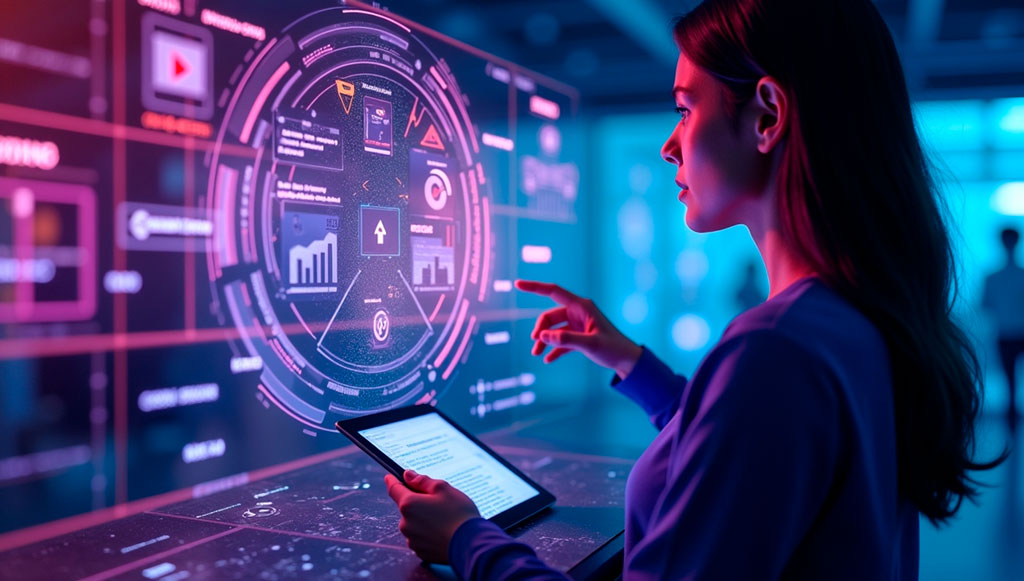
One of the most transformative applications of AI is hyper-personalisation. Unlike traditional personalisation, which is often based on general user segments, AI-driven systems offer ultra-precision based on real-time behavioural patterns, emotional cues, and contextual triggers.
Spotify’s “Discover Weekly” and Amazon’s “Recommended for You” features are well-known examples. These services use collaborative filtering, natural language processing, and neural networks to anticipate what a specific user might like before they even know it themselves.
This shift towards ultra-precision enhances customer engagement by making each interaction more relevant. In sectors such as fashion, entertainment, and e-commerce, this level of customisation can drive higher conversion rates and increase brand affinity. AI doesn’t just tailor messaging—it times and formats delivery to suit each user’s context and preferences.
Content curation and automation tools are now central to many AI-driven marketing strategies.
Breakthrough AI innovations transforming marketing
As artificial intelligence continues to mature, it is giving rise to disruptive innovations that are reshaping how brands connect with their audiences. From understanding emotional responses to creating immersive experiences, these advanced systems go far beyond basic automation. Let’s explore some of the most game-changing AI developments impacting modern marketing.
Emotionally intelligent sentiment analysis
Marketing strategies are increasingly dependent on understanding how consumers feel, not just what they do. Emotionally intelligent AI tools are now capable of analysing tone, facial expressions in video content, and even sentence construction to detect nuanced emotional responses.
Tools like Affectiva and Hume AI use multimodal sentiment analysis to help brands interpret buyer mood and emotional intent. These insights allow marketers to adjust messaging on the fly. For example, a cosmetics brand might analyse video testimonials or Instagram Reels to detect positive emotions associated with a product launch, then amplify those messages in targeted ads.
By interpreting emotional data, companies can refine their creative content and optimise user experiences. This allows brands to deepen customer engagement and maintain relevance in real time, even across diverse cultural markets.
Branded content creation with generative AI
One of the most visible and widely adopted innovations is generative AI. With tools like Jasper, Copy.ai, and OpenAI’s ChatGPT, marketers can now generate high-quality written, visual, and even video content at scale.
For instance, Coca-Cola recently experimented with DALL·E to generate visuals for ad campaigns that reflect user preferences and seasonal themes. Similarly, Heinz used generative AI to produce playful ad variations inspired by consumer sketches.
This technology doesn’t just save time—it enhances creativity by offering limitless iterations based on input prompts and performance data. Generative platforms also enable the rapid A/B testing of landing pages, email campaigns, and social media visuals. As a result, content becomes more personalised, data-driven, and dynamic.
While human oversight remains essential to maintain tone and brand consistency, these tools allow marketers to create personalised campaigns that evolve in response to performance metrics and feedback.
Autonomous AI agents drive collaborative marketing

AI agents are not only automating repetitive tasks—they are beginning to collaborate with humans and other bots to complete complex marketing operations. These autonomous systems operate independently, manage campaigns, and make real-time adjustments to optimise results.
Take Cognitivescale’s Cortex AI platform, which integrates with CRM systems to autonomously manage campaigns, adjust budgets, and respond to user behaviour across digital touchpoints. These systems are increasingly being deployed for account-based marketing in B2B contexts, where individual buyer journeys must be managed at scale.
In e-commerce, AI agents can dynamically update product listings, recommend bundles, and test promotions based on real-time stock levels and buyer activity. This significantly reduces marketers’ manual workload while enhancing campaign agility and relevance.
Extreme personalization driven by AI
As machine learning models become more sophisticated, the level of personalisation possible is reaching unprecedented precision. Brands can now customise not only the message but also the medium, timing, and channel for each consumer interaction.
Netflix exemplifies this approach by tailoring thumbnails and titles based on viewer preferences, regional behaviour, and even time of day. Its recommendation engine is powered by algorithms that assess over 2,000 factors, creating deeply engaging experiences.
Similarly, fashion retailers like ASOS use AI to suggest entire outfits based on past purchases, size, colour preference, and local weather patterns. These ultra-personalised experiences drive conversions, reduce returns, and strengthen consumer loyalty.
The future lies in predictive personalisation, where AI not only reacts but anticipates needs—delivering tailored recommendations before the user even initiates a search.
Predictive analytics for customer behavior
Predictive analytics tools have moved from the realm of data scientists to the marketer’s desk, enabling campaigns to be crafted based on foresight rather than hindsight. By leveraging historical data and AI-powered forecasting models, brands can now predict future consumer behaviours with high accuracy.
Brands like Starbucks use predictive models to determine optimal store locations and forecast purchasing patterns based on seasonal and demographic data. This data-driven approach also informs menu designs, loyalty rewards, and pricing structures.
In retail and e-commerce, platforms like SAS Customer Intelligence and Salesforce Marketing Cloud use predictive analytics to segment users based on their likelihood to convert, churn, or upgrade. Marketers can then target these segments with laser precision, improving return on ad spend and reducing customer acquisition costs.
Smarter programmatic advertising through AI

Programmatic advertising is evolving from rules-based bidding to intelligent, context-aware media buying. AI tools now analyse thousands of data points—such as device type, weather, and user journey stage—in milliseconds to determine the best ad placement.
Platforms like The Trade Desk and Google’s DV360 are integrating AI layers that optimise bids in real time based on conversion probability, not just impressions or clicks. This makes it possible to deliver relevant ads while minimising budget waste.
Moreover, AI helps prevent ad fatigue by rotating creatives, suppressing overexposed segments, and generating lookalike audiences dynamically. As a result, campaign efficiency increases while improving customer engagement and retention.
AI-fueled augmented reality experiences
Augmented reality (AR), powered by AI, is providing immersive and interactive brand experiences that go beyond screens. AR allows consumers to visualise products in real-world settings using only their mobile devices, creating memorable engagement.
IKEA’s AR app, IKEA Place, lets users preview furniture in their own homes using spatial computing. It uses AI to detect room dimensions, lighting, and existing furniture layout to offer an accurate visualisation. Similarly, L’Oréal’s virtual try-on tools enable customers to test hair colours or makeup shades through facial recognition and AI rendering.
These experiences enhance buyer confidence and reduce decision fatigue. For marketers, AR offers a novel way to gather behavioural data based on how users interact with virtual environments—fueling even deeper insights for future campaigns.
The impact of AI on conventional marketing approaches
Artificial intelligence is not merely supplementing traditional marketing—it is redefining its foundation. As businesses adopt AI-driven solutions, long-standing tactics are being replaced or radically reshaped to better align with modern consumer behaviour and digital infrastructure.
Conventional market segmentation, for example, relied heavily on demographic data. With AI, segmentation now integrates psychographic, behavioural, and contextual information in real time. Brands no longer need to guess which group prefers a product; algorithms predict preferences based on browsing history, purchase patterns, and even mobile usage context.
Another area of transformation is content production. What once required weeks of creative effort can now be completed in hours using generative AI tools. Marketers employ platforms like Jasper or Writesonic to draft headlines, produce visuals, and build landing pages tailored to each audience. Provided that quality checks are in place, this improves creative efficiency without sacrificing brand voice.
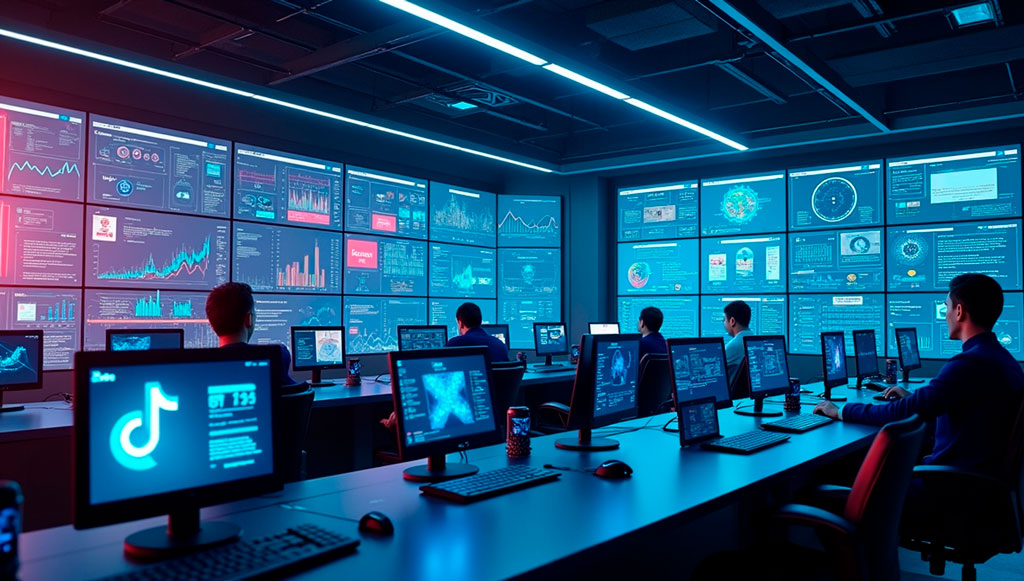
The traditional campaign cycle—plan, launch, measure, repeat—has become increasingly fluid. AI now enables ongoing optimisation. Ad sets on platforms like Meta and TikTok update dynamically in response to engagement trends, performance metrics, and user signals. Creative versions rotate, timing adapts, and budget reallocates automatically.
One of the most prominent shifts involves customer service. Previously reliant on call centres and static FAQs, support is now handled by intelligent chatbots like Drift or Intercom, which use NLP to understand and respond contextually. These tools help deliver faster, more relevant assistance across web, mobile, and messaging channels—boosting satisfaction and brand trust.
In short, AI dismantles rigid frameworks and enables dynamic marketing ecosystems. By reducing friction and boosting responsiveness, it allows marketers to meet expectations that are now shaped by real-time, hyper-relevant digital experiences.
Future-proofing your marketing strategy with AI
Long-term success in a landscape shaped by artificial intelligence requires more than adopting tools—it requires a holistic transformation. Below are five key actions marketers should take to ensure their strategies remain relevant and resilient.
1. Cultivate AI fluency across teams
For marketing departments to thrive in an AI-driven environment, understanding must extend beyond technical teams. Upskilling marketers in data literacy, algorithm logic, and ethical principles ensures they can work effectively with AI systems and avoid blind reliance. Platforms such as Google’s AI Essentials or IBM’s AI Skills Academy provide foundational knowledge for non-technical professionals.
Cross-department collaboration becomes more important as AI spans CRM, advertising, UX, and analytics. Marketers must be able to communicate with engineers, analysts, and legal experts to deploy AI that’s effective and compliant.
2. Consolidate your marketing technology ecosystem
Siloed platforms limit the power of AI. A unified tech stack ensures seamless data flows, more accurate modelling, and better execution. Integrated systems like HubSpot, Salesforce, and Adobe Experience Cloud offer AI layers for personalisation, scoring, and optimisation within a single environment.
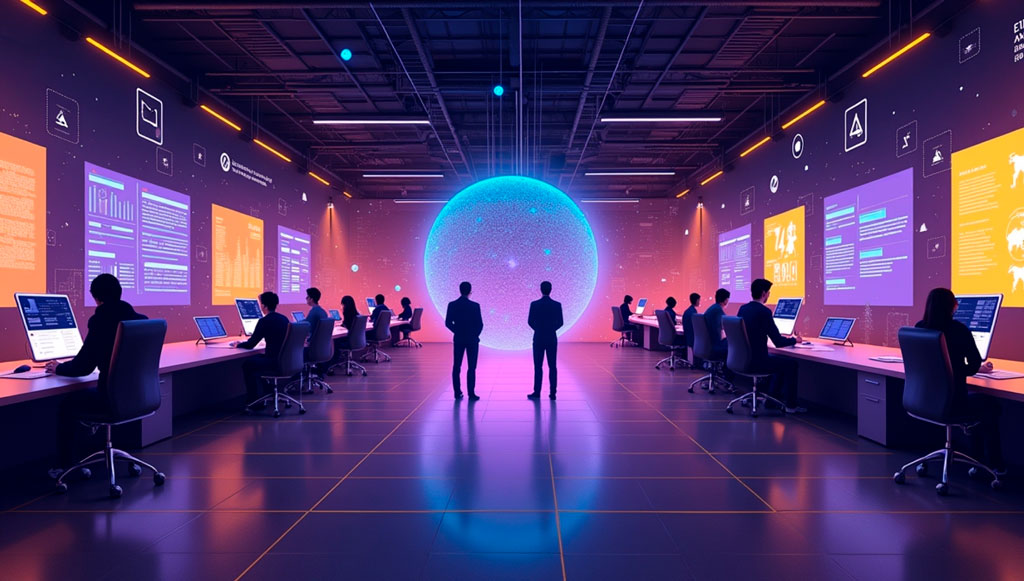
Avoid redundancy by evaluating tool overlap, and prioritise platforms with strong APIs and native machine learning support. Consolidation improves data consistency and enables a more complete view of the customer journey.
3. Establish ethical standards for AI use
As regulatory pressure mounts and consumer scrutiny increases, ethical marketing with AI becomes not just best practice, but necessary. Define internal guidelines for fairness, accountability, and transparency. Include a review process for any automation that handles personal data or affects user decisions.
Adopt frameworks like IBM’s AI Ethics Board or Microsoft’s Responsible AI Standards. These provide practical models for bias testing, data governance, and inclusive design — helping you avoid reputational risk while building trust.
4. Use AI to move from reactive to proactive marketing
Predictive analytics, behavioural triggers, and lifecycle modelling allow marketers to shift from reacting to initiating. AI can determine the optimal time to reach a customer, what message to send, and through which channel — often before the user takes any action.
For example, Amazon’s anticipatory shipping model uses customer signals to begin logistics processes before a purchase is confirmed. In marketing, similar logic is applied to recommend products, prompt re-engagement, or upsell based on lifecycle scoring.
5. Stay agile as AI evolves
The pace of innovation in artificial intelligence demands continuous learning and flexibility. Maintain a test-and-learn culture by running small-scale AI pilots — whether that’s chatbot improvements, automated creative generation, or smart segmentation. Review results often and be ready to pivot based on what works.
Track developments in areas such as federated learning, generative agents, and AI-generated video. These technologies could unlock new formats for storytelling, new ways of measuring sentiment, and new models of customer interaction.
Conclusion
The future of marketing with AI is defined not by any single trend, but by a mindset — one that embraces automation without losing the human touch, values data while protecting privacy, and prioritises adaptability over tradition.
Companies that invest in AI thoughtfully, with ethical considerations and clear goals, will not only improve campaign results but reshape what customer relationships can look like. From predictive personalisation to immersive augmented reality, the possibilities are vast — and growing by the day.
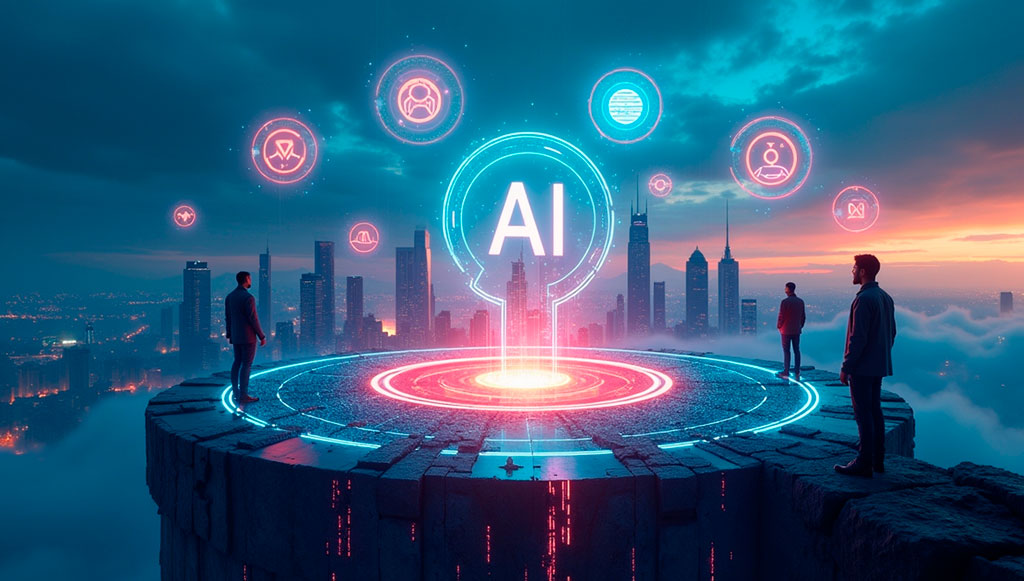
As marketers look to the years ahead, one thing is clear: artificial intelligence is no longer just a tool. It’s a foundation. Those who build upon it with purpose will define not just the next phase of digital marketing, but the next generation of brand success.
Effective AI tools
AI post generator for Instagram
Transform your Instagram with our AI manager: create eye-catching images, captions and schedule posts at the optimal time for maximum impact!
AI Ads Manager
AI UA Performance Manager is a game changer in online advertising. It generates a variety of advertising creatives and texts, launches campaigns in Meta and Google, and continuously optimises them for maximum effectiveness within your budget.
AI LinkedIn post generator
Automatically generate and schedule content tailored to your audience’s preferences. A seamless, time-saving solution that requires no extra input or effort.
AI Facebook post generator
Automatically creates and publishes relevant posts for your audience without wasting time or needing prompts.

